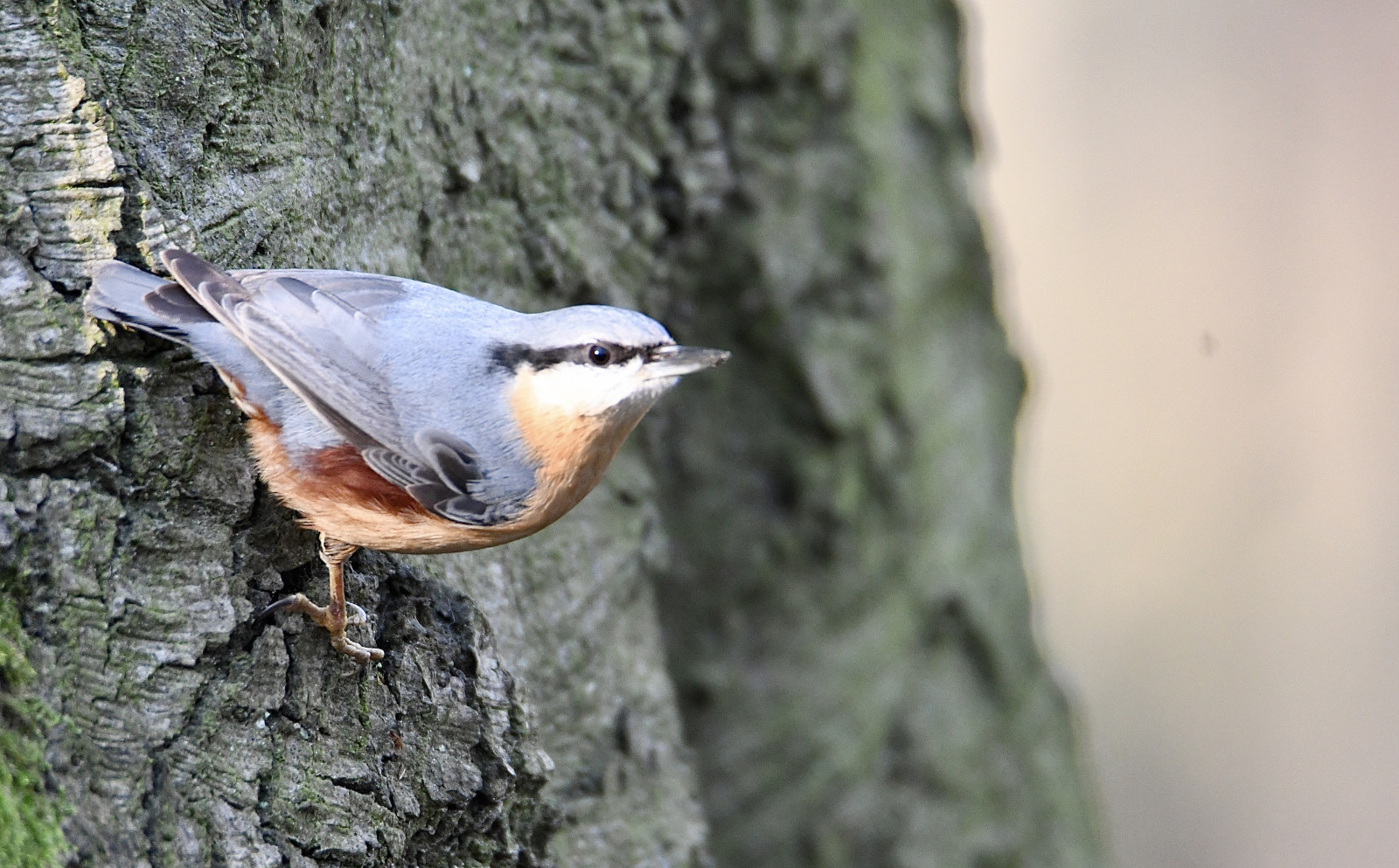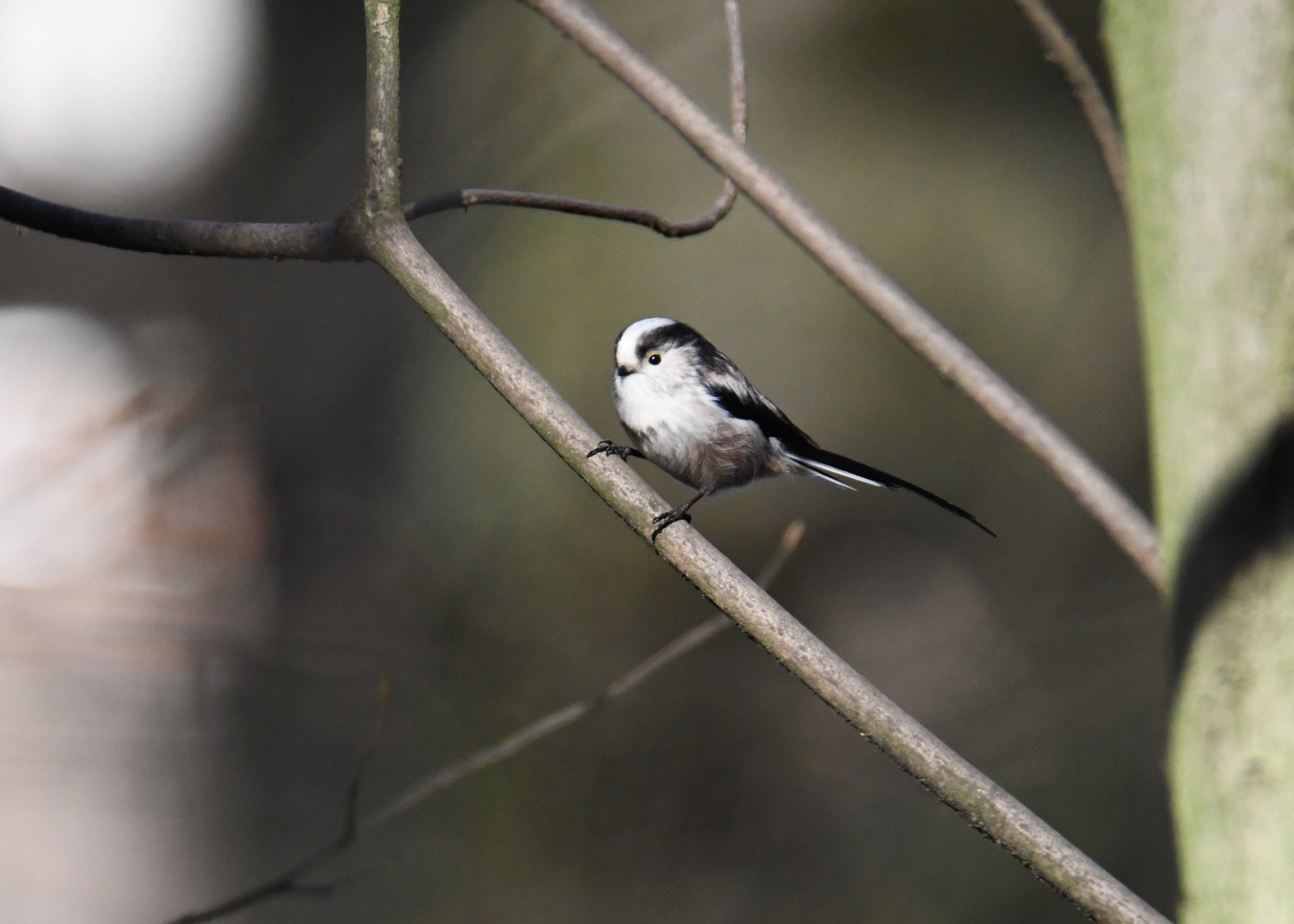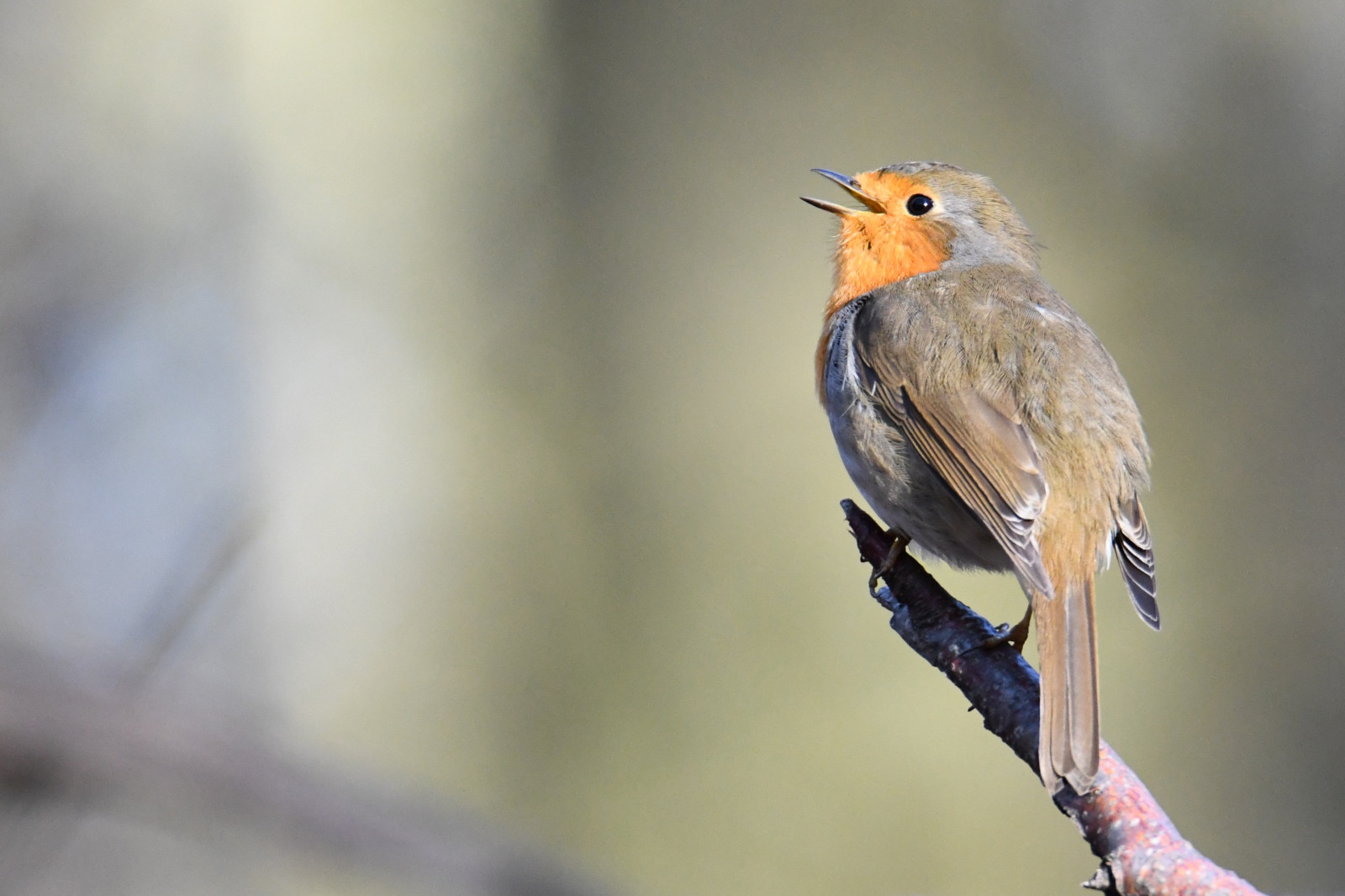Descrizione
Parc Brugmann offers opportunities to see garden and forest birds up close, because they are accustomed to the frequent passage of people in the park. You can see tits as Cincia bigia, Cinciarella, Cinciallegra and Codibugnolo. At the level of woodpeckers and birds related to tree trunks, you can observe Picchio rosso maggiore, Picchio verde, Picchio muratore and Rampichino comune. Of course Merlo, Pettirosso, Passera scopaiola, Scricciolo, Cornacchia nera, Gazza, Ghiandaia, Colombaccio and Fringuello. When it comes to raptors, the Poiana is present all year round in the park and the Sparviere occasionally flies by.
_________________________
Français: Le parc Brugmann est un petit bois de hêtres majoritairement entouré de grands appartements qui abrite une faune (et flore) étonnante pour être en plein ville ! Ce petit parc offre des opportunités de voir des oiseaux de jardins et forêts d'assez près, car ceux ci sont abitués au passage fréquent des gens dans le parc mais qui ne font pas attention a eux. On pourra voir ici des mésanges comme la Cincia bigia, la Cinciarella, la Cinciallegra et la Codibugnolo. Au niveau des pics et oiseaux relationnés au tronc d'arbres on pourra observer le Picchio rosso maggiore, le Picchio verde, la Picchio muratore et le Rampichino comune. Bien sur le Merlo, le Pettirosso, l' Passera scopaiola, le Scricciolo, la Cornacchia nera, la Gazza, le Ghiandaia, le Colombaccio et le Fringuello. Quand a les rapaces, la Poiana est présente toute l'année dans le parc est occasionellement l' Sparviere passe en vol.
Dettagli
Accesso
Parking spaces are rare but you can always try these places: Avenue de Messidor at the entrance to the park, on Avenue Bourgmestre Jean Herinckx, and on Avenue Adolph Dupuich. If not, tram 7 is the main public transport to reach the site (get off at the Churchill stop and take Avenue Messidor until you see the park entrance on your left).
_________________________
Français: Les places pour se garer sont rares mais vous pouvez toujours essayer a ces endroits: Avenue de Messidor au niveau de l'entrée du parc, sur l'avenue Bourgmestre Jean Herinckx, et sur l'avenue Adolph Dupuich. Au si non le tram 7 est le principal transport en commun pour rejoindre le site (descendez à l'arret Churchill et prenez l'avenue Messidor jusqu'a voir l'entrée du parc sur votre gauche).
Terreno e habitat
ForestaCaratteristiche dell’area
CollinosoPercorso ad anello
SiÈ utile un cannocchiale?
Può essere utileBuona stagione per il BW
Tutto l'annoMiglior periodo per visitare
PrimaveraPercorso
Sentiero stretto , Sentiero ampioGrado di difficoltà del percorso a piedi
FacileModalità di accesso
A piediCapanno/torretta di osservazione
NoInformazioni aggiuntive
Note that in spring and summer you can see in addition to the species mentioned above, the Luì piccolo and the Capinera. The Colombella very surely nests on the site because it is very often observed. The Regolo and Fiorrancino are very often seen at the site, and Verdone can be heard singing in the trees towards the end of winter.
In winter, the Tordo sassello can be seen by searching for food on the ground. You'll probably catch a small group of Fringuello looking for food on the ground too. The passage of Lucherino above the park is more or less common during the winter, but these do not land in the woods. Finally, if you find an open area to see the sky, you can see passing over our heads in migration (March-April and September-November) Pispola, the Airone bianco maggiore, groups of Lucherino or the Allodola.
_________________________
Français: A noter que au printemps et en été on sait voir en plus des espèces cités précédement, le Luì piccolo et la Capinera. Le Colombella niche très surement sur le site car est très souvent observé. Le Regolo et le Fiorrancino sont trés souvent observés sur le site, et le Verdone peut être entendu en train de chanter au dans les arbres vers la sortie de l'hiver.
A l'hiver on saura voir la Tordo sassello en recherchant de la nourriture au sol ou dans le lierre dans les arbres. Vous surprendrez surement un petit groupe de Fringuello recherchant de la nourriture au sol aussi. Le passage de tarin des aulnes au dessus du parc est plus au moins courant pendant l'hiver, mais ceux ci se posent pas dans le bois. Finallement si vous trouvez une zone ouverte pour voir le ciel, on pourra voir passer au dessus de nos têtes en migration (mars-avril et septembre-novembre) des Pispola, la Airone bianco maggiore, des groupes de Lucherino ou l' Allodola.




